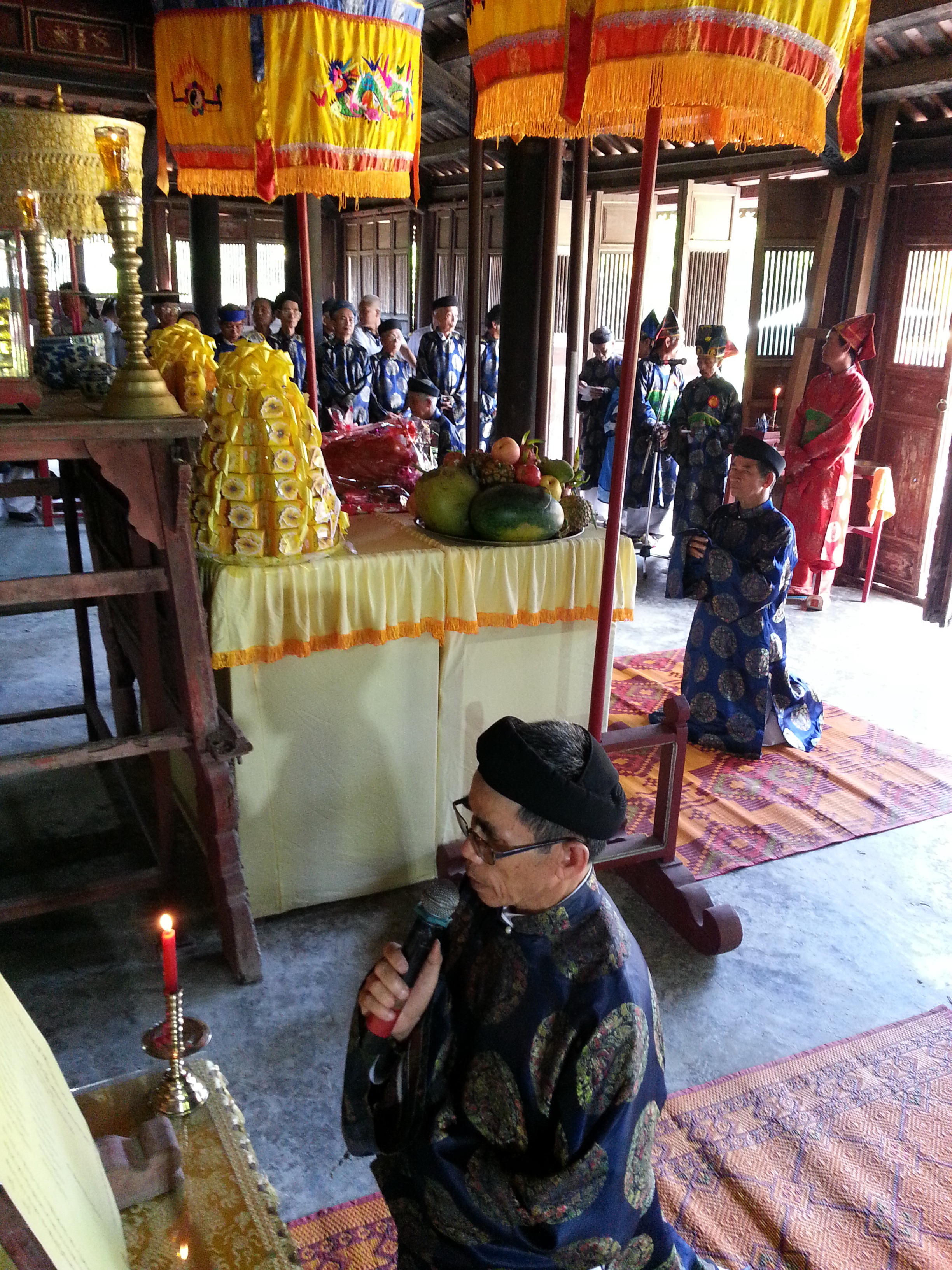The Hue Relic Preservation Center commemorated the 400th death anniversary of Lord Nguyen Hoang (1525-1613), the reclaimer of part of the central and southern regions, at the Hue royal palace on July 10.
The ceremony, which also marked the death anniversary of all other succeeding Nguyen Lords, drew a large number of descendants of the Nguyen Phuc lineage in Hue and other provinces who traveled all the way to pay tribute to their ancestors.
“It came as quite a surprise that after much controversy and expert endorsement later, Lord Nguyen Hoang now almost gets the recognition he deserves, which is demonstrated by the restoration of his mausoleum and this ceremony,” said researcher Phan Thuan An.
An stressed that the Lord absolutely deserves the recognition as the founder of the central Thuan – Quang area, which belonged to the Champa people then, and the southern region.
According to Phan Thanh Hai, director of the Hue Relic Preservation Center, Lord Nguyen Hoang also played a crucial role in choosing Hue as the heart of the Dang Trong (Inner) area and later as the country’s capital under the Nguyen dynasty, Vietnam’s last monarchy reign, and the establishment of the treasured Hue cultural values.
Hai added that his center will apply for the UNESCO recognition of Nguyen Lords’ mausoleums along with several other edifices and landscapes.
Against the historical background of the Trinh – Nguyen war, in which the Trinh Lords and King Le, who played a nominal role in the north, vied for power with the Nguyen Lords in the south, Lord Nguyen Hoang is credited with building Hue’s hallmark Thien Mu pagoda in 1601. The pagoda is closely linked with the development of the area and the Nguyen dynasty.


















































